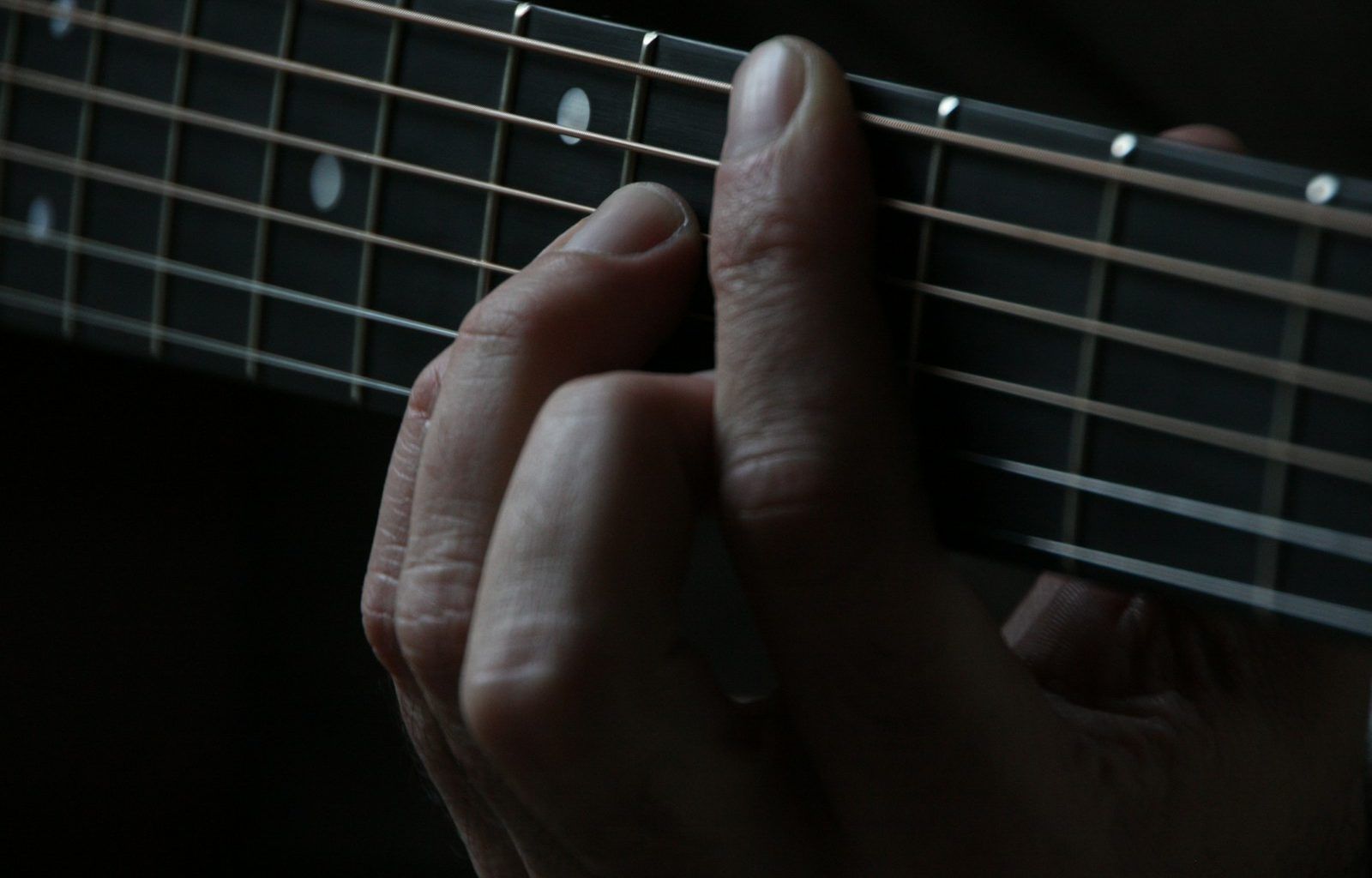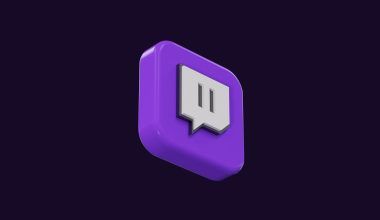Releasing your music and getting it on popular platforms is one of the most exciting parts of being an artist. But if you’re new to the process, it might feel a bit overwhelming. Don’t worry; by the end of this blog, you’ll know exactly how to upload your song to all music platforms with ease.
Why Should You Upload Your Song to All Music Platforms?
In today’s digital age, music platforms like Spotify, Apple Music, and Amazon Music are the go-to places where people discover new songs. By making your song available on these platforms, you open the door to a global audience. Plus, you’re not limited to just one type of listener; you’ll be reaching fans who use different services.
If you’re serious about your music career, uploading your music to as many platforms as possible is essential. It increases your visibility, helps you earn royalties, and boosts your chances of getting noticed by record labels or collaborators.
Step 1: Prepare Your Music
Before you can upload your song to all music platforms, you need to ensure it’s ready for release. Here’s what you’ll need:
- High-Quality Audio File: Use formats like WAV or FLAC for the best sound quality. Most platforms accept MP3 as well, but higher-quality files make a difference.
- Album Artwork: Your artwork should be eye-catching and meet platform requirements. Typically, a 3000×3000 pixel JPEG or PNG file works best.
- Metadata: Include information like the song title, artist name, and genre. This helps platforms categorize and display your music correctly.
Once everything is ready, you’re set to move to the next step.
Step 2: Choose a Music Distributor
You can’t directly upload your song to all music platforms. Instead, you’ll need a music distributor to do it for you. Distributors act as a bridge between you and platforms like Spotify, Apple Music, and YouTube Music.
Here are some popular music distributors:
- DistroKid: Known for its simplicity and affordability. Pay a yearly fee to upload unlimited songs.
- TuneCore: Offers flexibility with pricing and excellent customer support.
- CD Baby: Charges a one-time fee per release and offers additional services like physical CD distribution.
- Amuse: Free to use, but they take a small percentage of your royalties.
- Ditto Music: A budget-friendly option with great promotional tools.
Research each distributor to find the one that best suits your needs.
Step 3: Sign Up and Upload Your Song
Once you’ve chosen a distributor, sign up for an account. This process is usually quick and straightforward. After creating your account, you’ll need to follow these steps:
- Upload Your Audio File: Ensure the file meets the required format.
- Add Metadata: Fill out details like the song title, artist name, release date, and genre.
- Upload Album Artwork: Double-check that it meets size and format requirements.
- Set the Release Date: Choose when you want your song to go live. Allow at least two weeks for the distributor to process your release.
Step 4: Select Music Platforms
Most distributors give you the option to choose which platforms your song will appear on. It’s a good idea to select all available platforms, including:
- Spotify
- Apple Music
- Amazon Music
- Deezer
- Tidal
- YouTube Music
- Pandora
- TikTok and Instagram (for use in videos)
The more platforms your song is on, the better your chances of reaching a wider audience.
Step 5: Promote Your Song
Uploading your song to all music platforms is only the beginning. To truly succeed, you need to promote your music. Here are some effective ways to get the word out:
- Social Media: Share snippets, behind-the-scenes content, and announcements on Instagram, TikTok, Facebook, and Twitter.
- Email Newsletter: Send an email to your subscribers with links to your song.
- Collaborate with Influencers: Partner with influencers to share your music with their followers.
- Music Blogs and Playlists: Submit your song to blogs and curated playlists for more exposure.
- Live Performances: Promote your song during gigs or virtual concerts.
The more consistent you are with promotion, the more listeners you’ll attract.
Step 6: Track Your Performance
After your song is live, keep an eye on its performance. Most distributors provide analytics tools that show:
- Number of streams
- Listener demographics
- Revenue earned
Use this data to refine your promotional strategies and understand your audience better.
FAQs About Uploading Songs to Music Platforms
How Much Does It Cost to Upload Songs?
Costs vary depending on the distributor. DistroKid charges a flat yearly fee, while CD Baby has one-time fees. Some platforms, like Amuse, offer free plans but take a percentage of your earnings.
Can I Upload Cover Songs?
Yes, but you’ll need proper licensing. Many distributors offer help with obtaining licenses for cover songs.
How Long Does It Take for My Song to Go Live?
It usually takes 1-2 weeks. However, some platforms may process your release faster.
Final Thoughts
Uploading your song to all music platforms doesn’t have to be complicated. With the right preparation, a reliable distributor, and a solid promotional plan, you can share your music with the world and grow your fanbase. So, start the process today and take the next step in your music career!
For further reading, explore these related articles:
- How Do I Put My Music on iPhone? A Complete Guide for Music Lovers
- What is a Spotify Artist ID and Why Does It Matter?
For additional resources on music marketing and distribution, visit DMT Records Private Limited.






